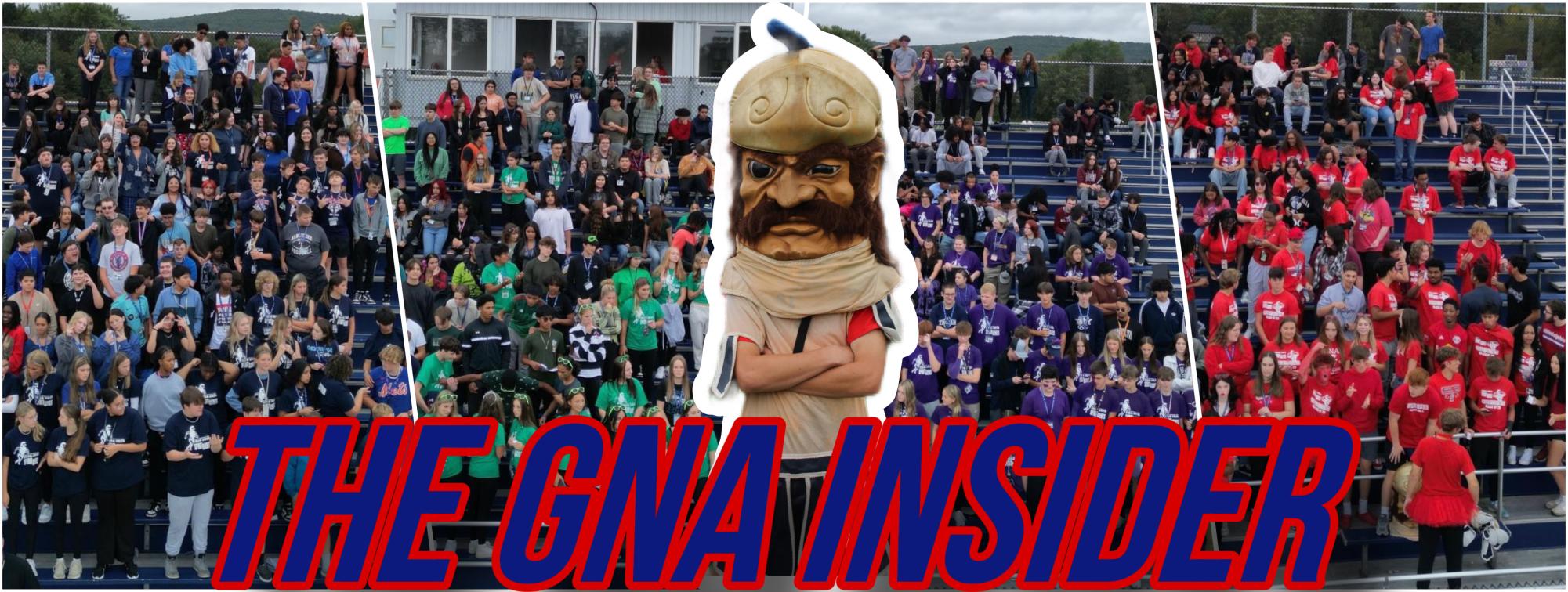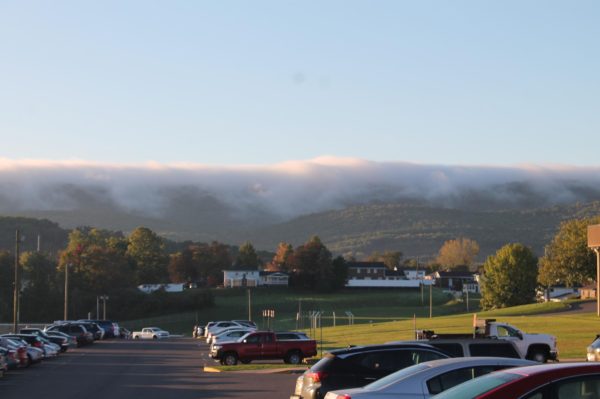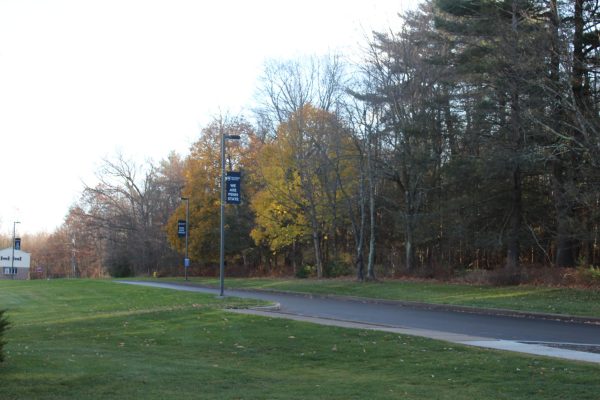Do smaller class sizes offer better learning experiences to students?
In the modern era, it is not uncommon to find classes with sizes exceeding the generally set standards for student-to-teacher ratios. According to www.uft.org, class sizes should not exceed any more then 34 students, (a 34:1 ratio); according to www.brookings.edu, an ideally-sized has 22 students per teacher, slightly beneath the national average of 23. A large class size not only lessens the learning experience of students, but also gives the students less attention from their teachers, makes it harder for students to get a quality education, hardens a teachers job with more work, and gives both the students and the teacher a lesser of a chance to get to know each other. In other words, if a teacher should have to teach any class above the size of 34 students, then that teacher should be paid more for their extra work. These teachers are doing not only the work of one teacher, but commonly doing the work of two teachers instead. In recent years, the class sizes of students from many states enrolled in school has been going up (while others may have been staying constant or decreasing), as supported in the multiple the graphs presented in the slideshow below.
The maximum recommended class sizes vary between grade levels. Per the recommendations of www.uft.org, pre-kindergarten classes should not exceed 18 students with a teacher and a paraprofessional, while classes in kindergarten should have no more than 25 students. Class sizes in grades 1-6 should be no greater than 32 students, and class sizes in middle school/junior high school should not exceed 33 students.
According to www.niche.com, the Greater Nanticoke Area School District currently has 2,236 students in grades K-12 with a student-teacher ratio of 18 to 1. Other surrounding schools such as Hanover Area contain 1,718 students (a 14-to-1 ratio); Wilkes Barre Area has 6,780 students (a 15-to-1 ratio), the Dallas School District has 2,691 students (an 18-to-1 ratio), and the Wyoming Valley West School District has 4,586 students (a 15-to-1 ratio).
Out of all school districts surrounding us, the Greater Nanticoke Area School District appears to have the highest student-to-teacher ratio overall (except Dallas School District, which is tied with GNA at 18:1). Having the highest student-to-teacher ratio in the area can have negative effects on the school as a whole, including lower test scores on average and a worse learning environment—the latter of which, in turn, leads to students having a lesser grasp of concepts taught in class. The chart below displays the average class sizes of the majority of courses offered in Nanticoke:

According to this chart, several teachers at GNA have a higher student-to-teacher ratio on average than is generally recommended for high school classes. Additionally, although many teachers do not exceed this recommendation, the majority come close. It is rare for classes to be in sizes below 30.
Collectively, these statistics connote that something should be done in order to improve the learning atmosphere in all school districts across the United States, with the Greater Nanticoke Area included. Some possible solutions to the dilemma can be reducing class sizes by hiring more teachers, building more schools, or adding aides to help teachers with classes exceeding 22 students perform their jobs. Teachers can even be motivated to improved productivity by being offered a raise (which one can argue many deserve as is for the amount of work which they already perform on a daily basis). Solutions exist for these problems; perhaps it is time for the government and the district to dig its head out of the sand and work to better the educations of thousands of students.

My name is Cameron Valaitis. I was born on March 15, 2002 and am currently a junior at Greater Nanticoke Area. I have two brothers, along with three cats...







